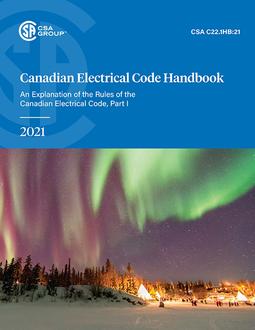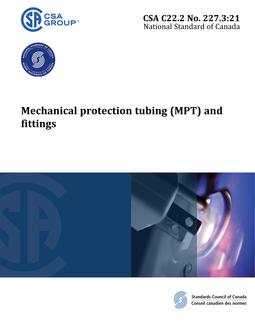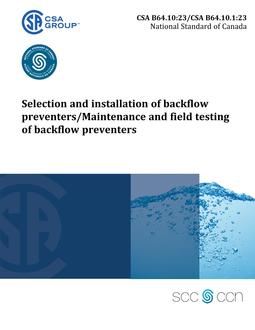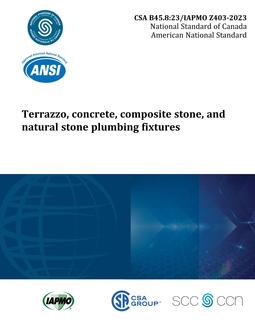
Click here to purchase
Introduction to the Canadian Electrical Code Handbook:
This Handbook provides background information on the reasons behind the requirements in the Canadian Electrical Code, Part I, and gives an explanation of the Rules in plain, easy-to-understand language. The Handbook is intended to provide a clearer understanding of the safety requirements of the Code.
The content of this Handbook is not meant to form a code of mandatory requirements. The mandatory language (“shall”) that is used in the CE Code, Part I, has not been used here. Care has been taken to ensure that the intent of the Code Rules is clear to the users of the Handbook. However, users of the Handbook must not under any circumstances rely on it to determine the current requirements of the Code. As always, reference must be made to the Code itself and any local amendments. Consult with the authority having jurisdiction (AHJ) for specific Code interpretations. CSA Group does not assume responsibility for any errors or omissions resulting from the information contained in this Handbook.
The Rules in the CE Code, Part I, are divided into two groups. Sections 0 to 16 and 26 are considered general Sections, and the other Sections supplement or amend those general Sections. Therefore, a requirement in the supplementary Sections takes precedence over a general requirement. For example:
- Rule 12-1008 requires 3 threads to be engaged when making a threaded connection, whereas Rule 18-102 requires 5 threads to be engaged when making a threaded connection in a Zone 1 area.
- Section 4 permits the use of aluminum conductors, but Rule 32-100 does not allow aluminum conductors to be used in fire alarm systems.
Preface:
This is the tenth edition of CSA C22.1HB, the Canadian Electrical Code Handbook. It supersedes the previous editions published in 2018, 2015, 2012, 2009, 2006, 2002, 1998, 1994, and 1990.
Significant changes since the previous edition include the following:
- Section 0 now contains definitions of the terms “armour” and sheath”, as well as revised definitions of the terms “cablebus”, “voltage — low voltage”, and “wireway”;
- Section 2 has a new Rule for seismic restraint requirements;
- Section 4 has new allowances for the ampacity of wires and cables inside electrical equipment for the purposes of termination;
- Section 6 now prohibits service equipment from being installed below the flood elevation (newly defined term);
- Section 8 requirements for the number of branch circuit overcurrent devices in dwelling unit panelboards have been completely rewritten and simplified;
- Section 10 has a new Rule that applies to the installation of bonding conductors. In addition, clarification has been provided on impedance grounded system operation under fault condition;
- Section 12 has new requirements for the installation of cables and raceways in roof decking systems;
- Section 22 contains a new Subsection for farm buildings housing livestock, as well as revised Rules for equipment in Category 1 and 2 locations;
- Section 26 includes several important changes, including a new requirement for ground fault circuit interrupter protection for all 15 A and 20 A receptacles located outdoors within 2.5 m of grade;
- Section 64 features a new Subsection governing installation of energy storage systems and Rules for functionally-grounded renewable energy systems; and
- Section 72 includes updated load calculations and equipment layout for recreational vehicle lots.
Other revisions in this edition include the following:
- new requirements in support of climate change adaptation appear in several Sections of the Code;
- redundant or out-of-date requirements, such as the Rules for open wiring, have been removed; and
- the Index has been deleted in conformance with CSA Group’s drafting and editorial requirements.
CSA gratefully acknowledges the outstanding contribution of Ron Hiscock to the development and publication of the 2021 Canadian Electrical Code Handbook.
Scope:
The Code applies to all electrical installations for buildings, structures, and premises and is intended to apply to all voltages. Although low voltages may not present a shock hazard, there are conditions that can lead to the injury to persons and damage to equipment.
The Scope specifies the subjects that the Code applies to and additionally lists subjects that are not within the purview of the Code so that the user can determine additional local requirements, as determined by the authority having jurisdiction. For example, the requirements for electrical systems on aircraft and ships are not covered in the Code; those are regulated by Transport Canada. If an application is excluded from the Scope of the Code, the AHJ should be contacted to determine the requirements that apply within that jurisdiction.
Product Details
- Edition:
- 10th
- Published:
- 01/01/2021
- ISBN(s):
- 9781488334412
- Number of Pages:
- 688
- File Size:
- 1 file , 35 MB
- Product Code(s):
- 2428839, 2428839


